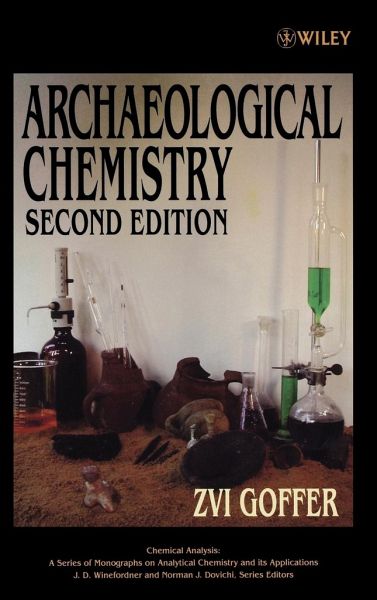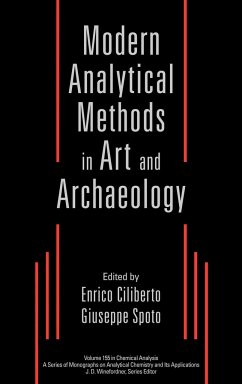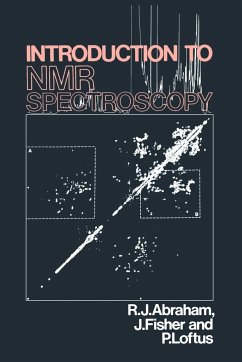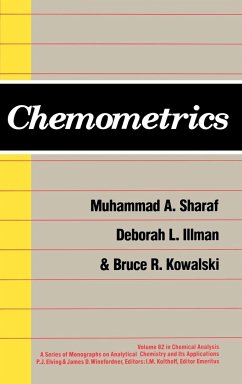
Archaeological Chemistry

PAYBACK Punkte
81 °P sammeln!
The chemical study of archaeological materials Archaeological Chemistry, Second Edition is about the application of the chemical sciences to the study of ancient man and his material activities. The text of the book centers on the use of chemical methods, but also refers to the contributions of physics, biology, and genetics to archaeological research. Subjects discussed in the book include the determination of the nature of ancient materials, their provenance and age, the technologies used for the production of man-made materials, and the analysis of ancient human and animal remains (such as ...
The chemical study of archaeological materials Archaeological Chemistry, Second Edition is about the application of the chemical sciences to the study of ancient man and his material activities. The text of the book centers on the use of chemical methods, but also refers to the contributions of physics, biology, and genetics to archaeological research. Subjects discussed in the book include the determination of the nature of ancient materials, their provenance and age, the technologies used for the production of man-made materials, and the analysis of ancient human and animal remains (such as bone, dried blood, and coprolites), which yields information on ancient diets, kinship, habitancy, and migratory patterns. New developments in analytical chemistry and in related disciplines, which have contributed to archaeological research since the first edition of the book was published, are dealt with in this edition, which also includes: * Updated information on the study of the nature, age, and provenance of ancient materials * New sections on organic, biological and genetic studies * Glossary * Extensive bibliography The book is intended primarily for archaeologists, physical anthropologists and students of archaeology and physical anthropology, but will also be of use to conservators, curators, and art historians. Natural scientists reading it will become acquainted with advances in archaeological research which were made possible only by the application of chemical, physical, and biological methods and techniques.












